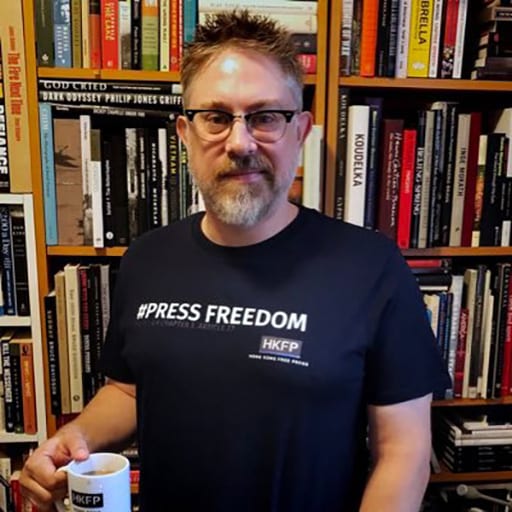Sarah Stacke knew photographer Burt Glint for the last 8 years of his life, till he passed away in 2008. In her introduction to Burt Glinn: Half a Century as a Magnum Photographer, she reminisces of the influence he had on her how it altered he on l...




